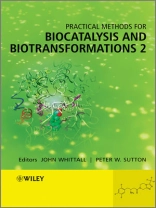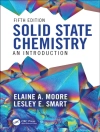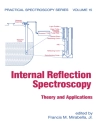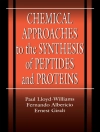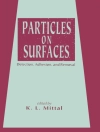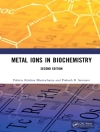Biocatalysts are increasingly used by chemists engaged in fine
chemical synthesis within both industry and academia. Today, there
exists a huge choice of high-tech enzymes and whole cell
biocatalysts, which add enormously to the repertoire of synthetic
possibilities.
Practical Methods for Biocatalysis and Biotransformations
2 is a 'how-to’ guide that focuses on the practical
applications of enzymes and strains of microorganisms that are
readily obtained or derived from culture collections. The sources
of starting materials and reagents, hints, tips and safety advice
(where appropriate) are given to ensure, as far as possible, that
the procedures are reproducible. Comparisons to alternative
methodology are given and relevant references to the primary
literature are cited. This second volume – which can be used
on its own or in combination with the first volume – concentrates
on new applications and new enzyme families reported since the
first volume. Contents include:
* introduction to recent developments and future needs in
biocatalysts and synthetic biology in industry
* reductive amination
* enoate reductases for reduction of electron deficient
alkenes
* industrial carbonyl reduction
* regio- and stereo- selective hydroxylation
* oxidation of alcohols
* selective oxidation
* industrial hydrolases and related enzymes
* transferases for alkylation, glycosylation and
phosphorylation
* C-C bond formation and decarboxylation
* halogenation/dehalogenation/heteroatom oxidation
* tandem and sequential multi-enzymatic syntheses
Practical Methods for Biocatalysis and Biotransformations
2 is an essential collection of biocatalytic methods for
chemical synthesis which will find a place on the bookshelves of
synthetic organic chemists, pharmaceutical chemists, and process
R&D chemists in industry and academia.
O autorze
John Whittall, Manchester Interdisciplinary Biocentre, Manchester University, UK.
Peter W Sutton, Glaxo Smith Kline Research and Development Limited, UK.
